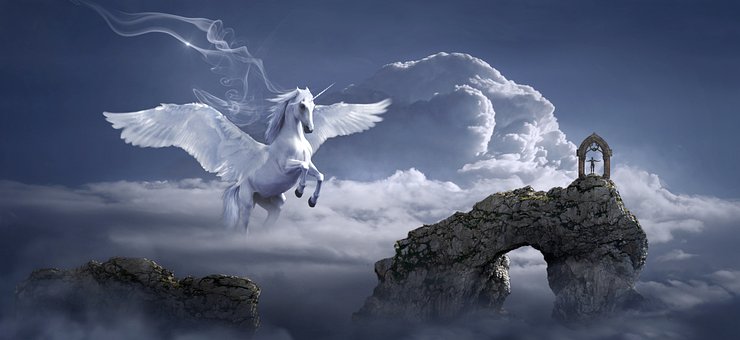Jewish Link – Hanukkah is celebrated on Sunday and for a week. This is one of the most complex holidays in the Jewish calendar, everything is centered on the candles or lights that we light eight nights and the variety of meanings they take on those days. They speak of the spirituality that they symbolize, of strength, intellectuality and integrity. However, something that is hardly mentioned, but is present is beauty. The lighting of the Menorah (calendar) on Hanukkah of all the festivities and practices is the only one that the Talmud calls “mehadrin min hamehadrin” doubly beautiful. And in the writings that refer to its ignition, there is constant talk of the beauty of Israel contrasted with that of Yavan (Greece), that of Rajel contrasted with that of Leah and that of Yehudah contrasted with that of Yosef; and how Hanukkah is at the center of all those stories.
Rabbi Aryeh Lebowitz in his class tells us about it. It seeks to explain what kind of beauty we mean when we talk about the beauty that we celebrate on Hanukkah; To do this, he delves into the ways in which Jewish sources describe beauty. Among them, there are three types and the categories in which each biblical character is found.
types of beauty
The first type is called “sheker yofi” by the beauty that deceives us. It refers to beauty that is exterior, which does not necessarily reflect the interior of the object or person. For example, a fruit that is beautiful but is poisonous, a person who is beautiful but empty, or who appears to be good but is actually evil, or a Torah scholar who has knowledge but bad qualities. This is the beauty that Yavan represents, an artistic and physical beauty that was not reflected in the ethical or spiritual qualities of the nation, which remained only on the outside.
The second type is “yofi”, the genuine beauty. The one where there is a harmony between the exterior and the interior, the thing is beautiful both inside and out. The letters of the sefer Torah are the best example, they are decorated and beautiful, but they also represent an extremely deep meaning. That was the beauty of Rachel and Yosef, both are described as extremely beautiful and their beauty was both physical and spiritual. It is also the beauty of the Tzadik (just) of the man who has never sinned, who is upright and wise.
The third type is called “hod” or “hadar” is the beauty that is so deep that it exceeds the container that contains it. They speak, for example, of a great rabbi, physically he is not perceived as a great man, but everyone who has been in his presence recognizes his greatness. There is also talk of the land of Israel, it is not beautiful on the outside, but the holiness that it emanates is much greater than what it reflects on its exterior. This is the beauty of Leah and the beauty of Yehuda, her inner beauty was much greater than her physical beauty. It is also that of the baal teshuva (the man who sins and repents) because he has an internal strength much greater than most which allows him to do the right thing despite the environment that surrounds him and despite the difficulty involved in correcting a mistake. Yehuda and David are the quintessential baal teshuvah.
Hanukkah and contrasts
On Chanukah all three types of beauty are represented. The last two in the Torah passages that are read on the week of Chanukah where we read the story of Yosef and Yehuda, we also read about the division within the Jewish people caused by the conflict between the two patriarchs, and the process that will arise between the two Messiahs (Messiah ben Yosef and Messiah ben Yehuda). Returning to the story Yosef does not sin with Potiphar, he represents the second type of beauty; Yehuda sins with Tamar represents the Hod. Although in the present there is a division between one and the other at the end of time there will be harmony between the two and Hanukkah also represents that union.
However, as the rabbi emphasizes, the main teaching of Hanukkah is found in the oil that we use to light the Menorah. The oil represents the Hod, the beauty of the Menorah is spiritual, that of Israel is the Hod. The darkness represents Yavan, in Hanukkah we celebrate that the Hod, the beauty of spirituality, that which exceeds its content, has been more powerful than external beauty, which is empty.

